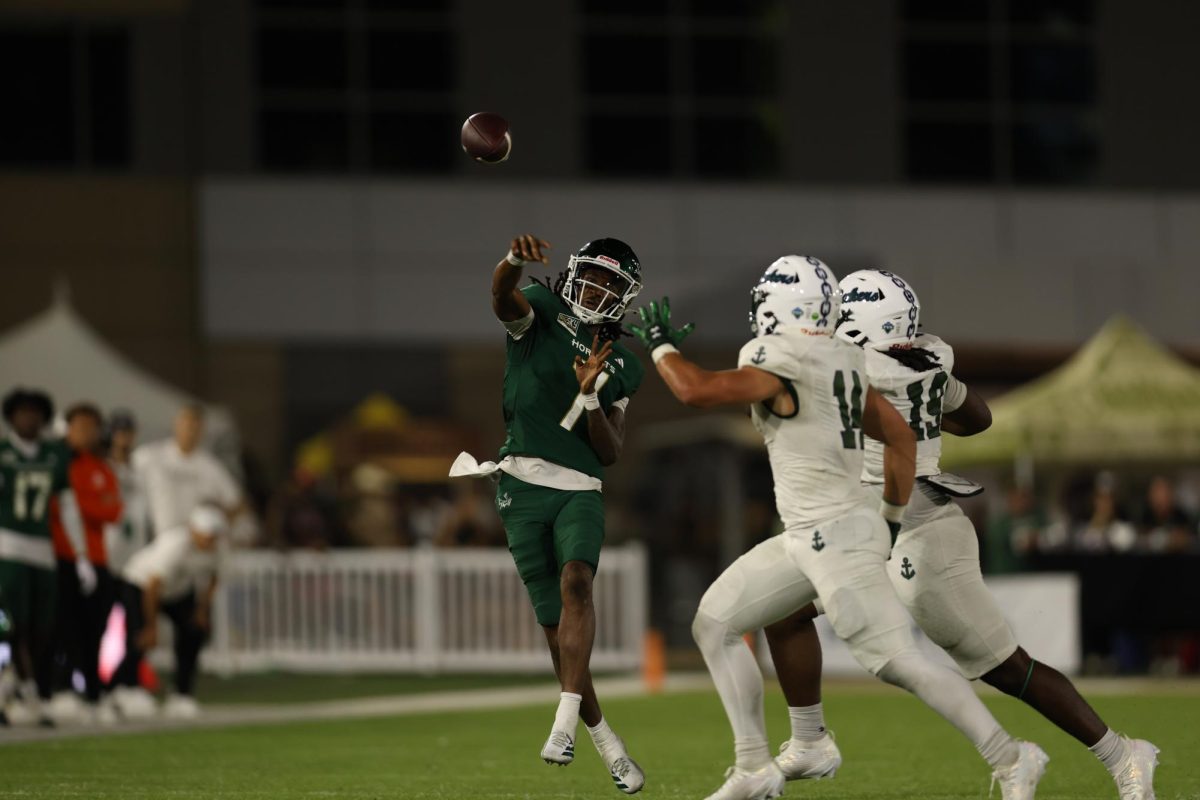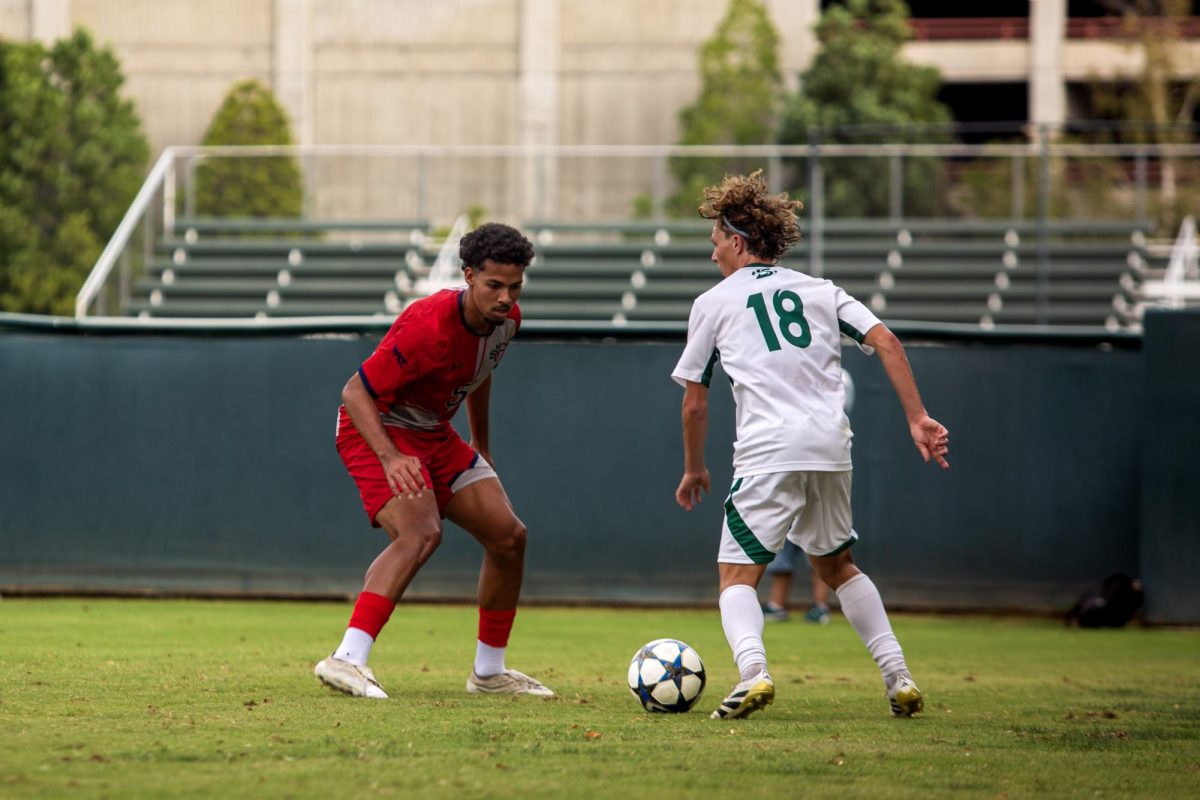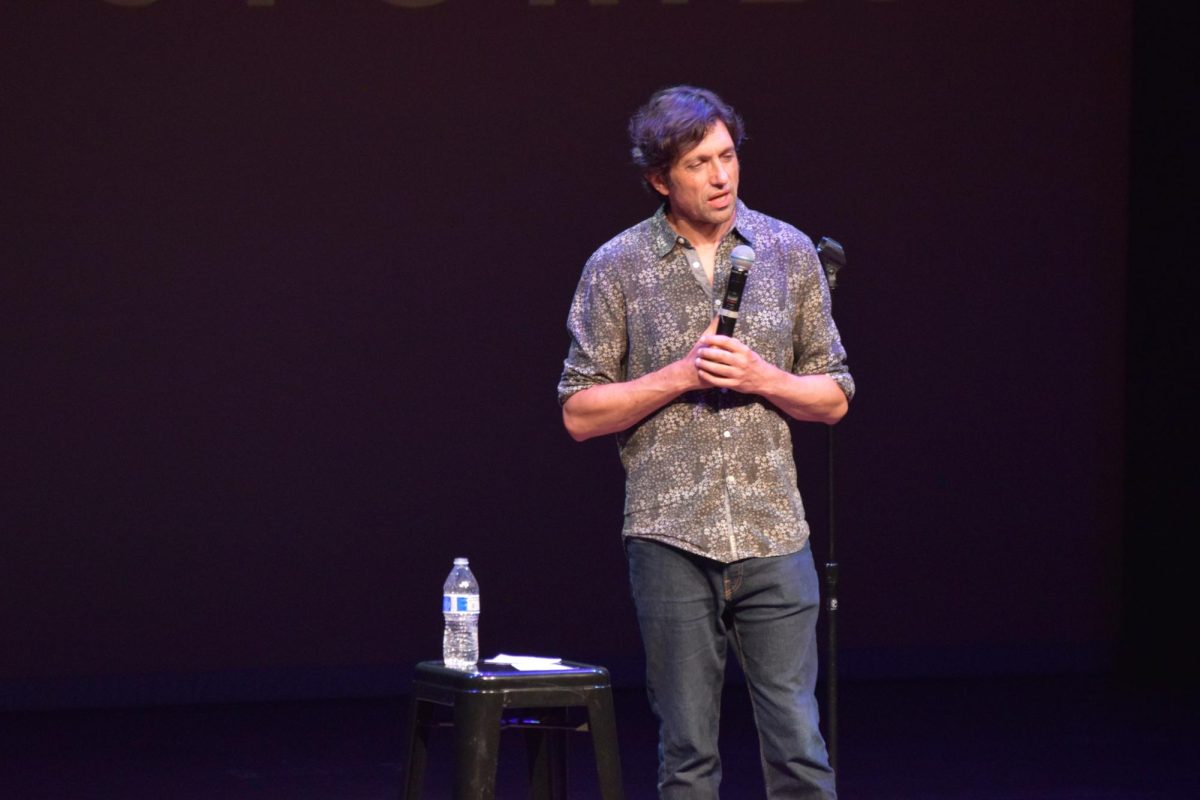No age limits on cartoons
October 3, 2012
You usually hear college discussed as a time for growth, maturity and self-actualization. Apparently it’s also a great time to get nostalgic about the good old days when cartoons and cereal ruled our lives.
College students flip to Cartoon Network and Disney Channel more often than you would think. Whether just passing the time or engaging in mind-altering activities, we always seem to go back to our juvenile roots in television. It’s as if there’s a need to satisfy our inner child through shows from the past as well as some newly aired ones.
Nickelodeon’s animated series “SpongeBob SquarePants” debuted in 1999 and has had a huge following ever since. Fans range from toddlers to mid-aged adults who all relish in watching the life of a sponge living in a pineapple under the sea.
“Adventure Time” is another series spawning tons of fandom lately. The show is fairly new but recently gained attention among undergraduates and high school students. Because of its quirky and bizarre humor, it is being compared to “SpongeBob SquarePants” and even “Courage the Cowardly Dog” by some. A reason for “Adventure Time’s” good reputation could lie in its reminiscent style to early 2000s cartoons – the ones everybody knows so well.
When asked why men and women in their late teens and early 20s still watch kiddy cartoons, senior economics major Inna Tsymbalyuk said there were implied innuendoes embedded in the content which appeal to older crowds.
“Little kids won’t get some of the jokes, but we get them,” Tsymbalyuk said. “They’re really made for us.”
A lot of students on campus are guilty of this cartoon fetish. Those who confessed to the continued viewing of such shows were actually quite enthusiastic about it.
Sophomore business major Victor Serrano expressed no shame in following “Avatar: The Last Airbender.”
“Why not? It was part of my childhood and pulls out who I really am,” Serrano said.
According to a poll of 70 undergraduates, “SpongeBob” was highly favored in a long list of cartoon shows Sac State students admitted to watching. Anime shows placed second on the list and Disney’s “Phineas and Ferb” came in at third.
Other popular options included “Regular Show”, “Adventure Time” and the classic “Tom and Jerry.” Although a majority of students claimed to still see these programs on a weekly basis, many of them made a point by saying they only tuned in if a good episode happened to be on.
Nevertheless, there seems to be an alluring factor about cartoons affecting older audiences today. Why else would we just tune in if there are countless channels to choose from?
Perhaps it’s the passive approach we can take in watching material like this, or maybe it’s something else entirely. When a good portion of cartoon fans turns out to be young adults, it makes you wonder how important childhood shows really are.
As kids, cartoons paved our imaginations and acted as escapes from reality. Not only were they entertaining, but they also helped raise us in a sense.
While our parents played the biggest roles in sculpting our character, television oftentimes served as a surrogate caregiver for short periods of time. Before going out and dealing with peers, we were watching cartoons to see how they handled life. Their exaggerated experiences would usually shed some light on the confusing world, which in turn influenced our early perspectives. These shows left a big impression on us whether we realize it or not.
Consider morality.
“SpongeBob” is one of many characters who teaches basic lessons in decency such as the consequences of lying, the importance of friendship and the duty of being a good citizen. Each episode contains amusing silly antics, but at its core there has always been a reinforcing message attached for young viewers.
Of the first season episodes, “Ripped Pants” best demonstrated a clear moral by sharing the age-old wisdom of being yourself around others. By the end, SpongeBob had learned that constantly ripping his pants to win approval not only made him unpopular but also left him alone and sad. His friends appreciated him for who he was, not for his torn garments. We simultaneously came to this understanding as children and walked away with valuable knowledge about how to interact with people – sincerely.
It’s possible college students won’t let go of cartoons because they grew up with them and built part of their foundation on them. That would be like telling someone to forget about a brother or sister after a certain age.
Okay, maybe a cartoon is not equivalent to a living human being, but you get the point. These shows can be seen as distant relatives we loved to be around as youngsters and still enjoy as adults.
Cartoons represent fantasy – where things are simple and life is fun. The possibility for adventure is endless allowing us to leave our own troubles behind if only for 11 minutes. In this time, we relive our happiest memories and remember what it means to be a kid again. We are also reminded of how we became the people we are today. You’d be crazy to not hold on to that.
Fabian can be reached at: [email protected]
























































































































